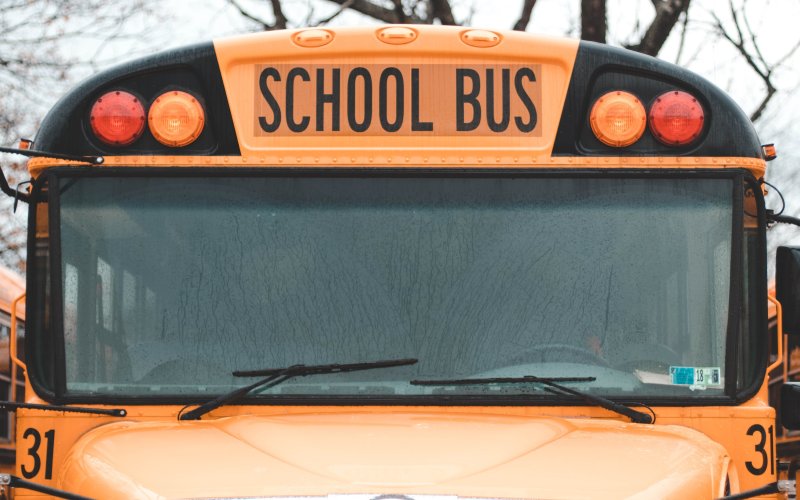School of Ed Research Reveals Strategies to Retain School Bus Drivers

By Bethany Bump
ALBANY, N.Y. (Aug. 31, 2022) — As a new school year gets underway, districts across the state are facing the familiar problem of trying to staff their transportation departments amid a growing shortage of school bus drivers nationwide.
While some have focused their attention on recruiting new drivers, new research out of the School of Education explored what it would take to keep existing drivers in their jobs for the long haul.
Brian Carey, a recent doctoral graduate of the department who works for Schodack Central School District, and Susan Phillips, a professor in the Department of Educational Policy & Leadership, surveyed 300 bus drivers from districts across upstate New York. They asked drivers what they liked and didn’t like about their work, and what would cause them to stay in or leave their jobs.
“Not unexpected, things like pay and benefits are key to why they would stay, what they would change about their job, and why they would leave,” the pair recently wrote of their findings.
While this may present a challenge for districts where funding is scarce, the survey also revealed several other important factors that drivers say would keep them behind the wheel and that districts may find useful as they attempt to retain workers.
Notably, respondents said they were more likely to stay in their jobs when they saw their work as holding personal meaning, significance or purpose. Drivers who planned to stay behind the wheel said they feel they make a difference in the lives of the students they transport, and consider themselves a significant part of those students’ education.
“These views did not seem to arise from an abstract motivation to work in a public service capacity, but rather reflected the drivers’ view that their jobs are meaningful work,” Carey and Phillips said. “Of note also was that drivers did not seem entirely convinced that their districts value them for the work they do.”
Indeed, many of the drivers who were surveyed said they would stay in the job a long time if “the job got greater respect from school administration.”
Carey and Phillips offered a number of suggestions for districts looking to keep their drivers. Among other things, district officials could:
- Implement formalized recognition programs that would allow drivers an opportunity to feel more connected to the mission of the district and the students they transport
- Spotlight drivers in opening day ceremonies and on district webpages
- Allow drivers to take a larger role in the district via job sharing or paid roles, such as teaching assistants, monitors or aides. In addition to increasing pay opportunities, this could foster greater feelings of connection with students.
- Include drivers in teams that deal with student behavior, which again would highlight the importance of their role to the overall system.
- Talk to drivers about why they do what they do, and how their work fits into the overall mission of the district.
These are just a few of the steps that administrators could take in the short term to improve retention, the researchers note. Districts should also consider longer-term strategies, such as building in retention flexibility for pay and benefits in contract negotiations.
“As fall is upon us in districts we are faced with the ongoing challenges of staffing,” said Carey, who is also a business administrator for Schodack Central School District. “Many of us do not have enough drivers again this year, creating the problem again of making sure we are able to get all our students where they need to be. This research gives opportunities to districts to keep the drivers they have instead of having to always look for new employees.”
Read more about the research here.




